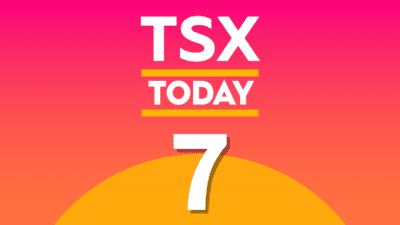Fellow fool Nelson Smith recently wrote about how to supercharge your investment returns by investing in companies with low price-to-book ratios or those trading at a discount to their net asset value. It got me thinking about how I make my own investment decisions.
Given my contrarian investment approach, one company listed in the article that intrigued me was Kinross Gold (TSX: K)(NYSE: KGC), especially since gold miners are out of favor with the market and have been heavily beaten down since the collapse in the price of gold.
So let’s take a closer look at Kinross and see just how it stacks up against its industry peers when a number of industry-specific valuation methodologies are applied. With Kinross, it is easy to see why the company fits the strategy, as it has a price-to-book ratio of 0.73, which, being less than 1, implies that it is trading at a considerable discount to its fair value.
Typically, I don’t like relying on generic valuation ratios like price-to-book, price-to-sales, or price-to-earnings when determining whether a company is a worthwhile investment opportunity. This is because (especially in the case of capital-intensive industries like gold mining) they are easily distorted by capital structures, tax, and non-cash line items, preventing them from providing an accurate representation of a miner’s value.
A low enterprise value per ounce of gold reserves
A key measure investors should consider when valuing a gold miner is its enterprise value per ounce of gold reserves.
This allows investors to see how much they are paying per ounce of gold reserves held by a miner — obviously, the lower this ratio, the more attractively priced the company. Kinross has one of the lowest values in the industry at $136 per ounce. This is significantly lower than Barrick Gold’s (TSX: ABX)(NYSE: ABX) $281, Goldcorp’s (TSX: G)(NYSE: GG) $378, Newmont Mining’s (NYSE: NEM) $189, or Yamana Gold’s (TSX: YRI)(NYSE: AUY) $414 per ounce.
Thus, the market does not recognize the true value of Kinross’s core assets: its gold reserves. Validating that price-to-book measure does highlight whether a company is undervalued.
Does it really give investors the full picture?
A key problem is that Kinross calculated its gold reserves using a gold price of $1,200 per ounce, which is only a mere 4% lower than the current gold price of $1,252 per ounce. This saw its 2013 year-end gold reserves plunge a massive 33% compared to 2012, despite the same gold price being used in both years.
However, if gold continues to fall, with some analysts and industry insiders expecting it to drop as low as $1,050 per ounce, then Kinross will be forced to recalculate the value of its reserves using a lower price. This will see the quantity of its reserves plunge once more as it is forced to exclude gold reserves that are uneconomical to mine at lower gold prices.
If this were to occur, I would expect Kinross’s gold reserves to plunge, causing its book-value and net-asset values to fall. In turn, this would see both its enterprise value per ounce of gold reserves and price-to-book ratio increase.
The gold price used by Kinross is also significantly higher than that used by a number of its peers. Barrick calculated its 2013 end-of-year reserves using $1,100 per ounce, whereas Yamana used a conservative $950 per ounce. If gold prices continue to soften, it is less likely their reserves will decrease in value.
There is certainly some validity to the theory of relying on price-to-book indicators as a means of identifying undervalued companies, but there are often superior industry-specific measures that provide a more accurate picture.
In the case of gold miners, the EV per ounce of gold reserves is a superior measure because it highlights how much investors are paying for a gold miner’s core assets: its gold reserves. Even then, there are a number of factors investors need to take into account, making it impossible to rely solely on one valuation ratio.








